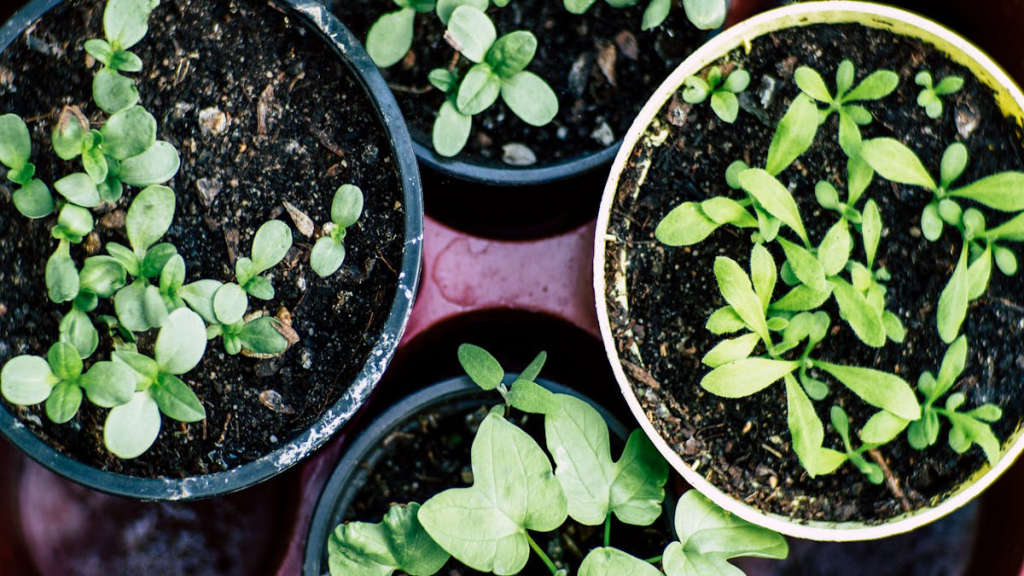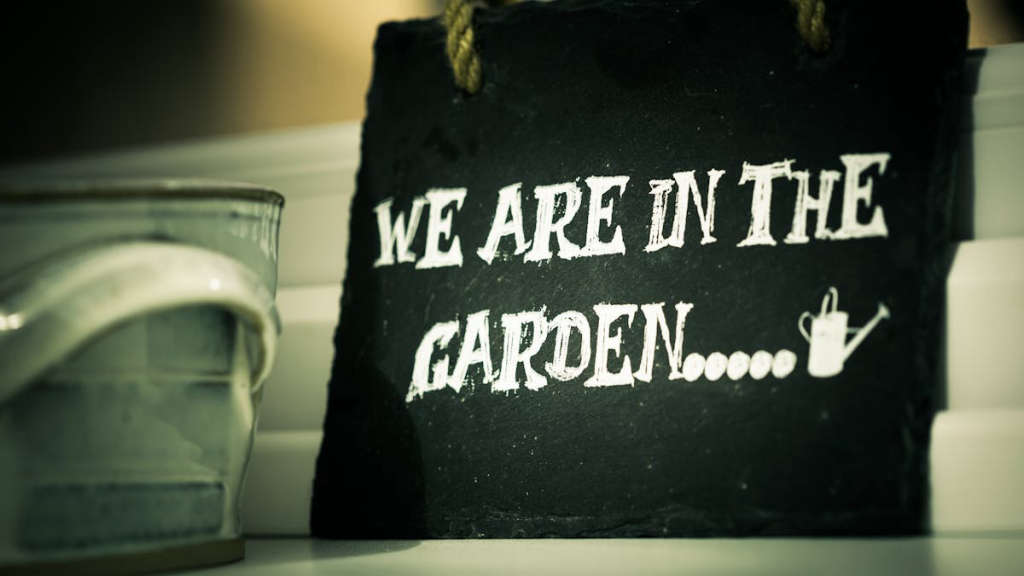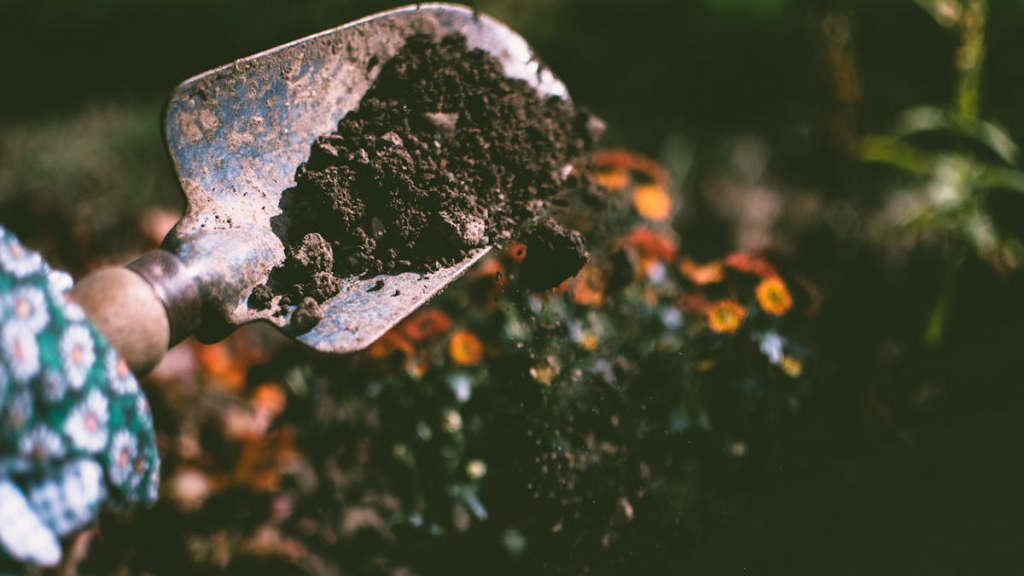The Green Revolution is not just about sustainable farming; it also encompasses transforming your own outdoor spaces. With the innovative use of microclover seed, homeowners can cultivate lush, green lawns that require less maintenance and are kinder to the environment. By integrating this tiny powerhouse into your gardening routine, you can enjoy a more resilient and eco-friendly yard that flourishes in various climates.
Main Points
- Understanding the benefits of microclover seed in lawn care.
- How to effectively incorporate microclover seed into your existing lawn.
- Tips for maintaining a healthy lawn using microclover seed.

Why Microclover Seed is the Eco-Friendly Choice for Sustainable Lawn Care
In recent years, the focus on sustainable lawn care has gained significant momentum, with many homeowners searching for eco-friendly options that benefit both their gardens and the environment. One option that deserves attention is microclover seed. This unique plant provides numerous advantages over traditional grass, making it an attractive choice for those seeking sustainable solutions.
What is Microclover?
Microclover is a small-leaved variety of clover that often goes unnoticed among standard grass varieties. Many people might not realize how beneficial this little plant can be. So, why should you consider it? Let’s explore the key benefits it offers.
- Drought Resistance: Microclover is known for its ability to thrive in dry conditions. Its deep root system allows it to access moisture from deeper soil layers, which means it requires less watering compared to traditional grass.
- Soil Enrichment: As a legume, microclover has the remarkable ability to fix nitrogen in the soil. This leads to richer, healthier soil without the need for chemical fertilizers, ultimately benefiting the entire ecosystem.
- Low Maintenance: Unlike conventional lawns that demand regular mowing, microclover grows slowly and remains lush without frequent cutting. This not only saves time but also reduces emissions from lawnmowers.
Environmental Impact
Choosing microclover contributes positively to the environment. It supports biodiversity by attracting pollinators and other beneficial insects. Furthermore, since it needs fewer resources to thrive, microclover is a great match for eco-conscious individuals who want to minimize their ecological footprint.
Challenges of Microclover
While the benefits of microclover are substantial, it’s important to note that there might be a few challenges. For instance, the initial establishment of microclover could take some time, leading to brief periods where the lawn might not look as full. Additionally, some might find the texture different from the lushness of traditional grass, creating a potential adjustment phase.
Conclusion
In conclusion, microclover seed serves as a viable alternative for anyone interested in sustainable lawn care. Its advantages, such as drought resistance, soil enrichment, and low maintenance, make it not only eco-friendly but also practical for modern households. Thus, if you’re looking for a greener solution to lawn care, consider giving microclover a try. Embracing this little plant can contribute to a healthier environment, one lawn at a time.

Unlocking the Benefits of a Microclover Lawn: Low Maintenance, High Resilience
In the quest for a lush, green lawn, many homeowners have turned to microclover as a smart alternative to traditional grass. This innovative approach offers multiple advantages while minimizing the need for constant upkeep. Why might you consider making this switch? Let’s dive into the enticing benefits of a microclover lawn.
Understanding Microclover
Microclover, a small-leaved variety of white clover, has gained popularity as an eco-friendly ground cover. Unlike conventional turf, microclover has the unique ability to thrive in various soil conditions and weather patterns. It’s known to fix nitrogen in the soil, which promotes nutrient availability for other plants. As a result, you reduce the reliance on chemical fertilizers, which is a significant step toward sustainable lawn care.
Low Maintenance Needs
One of the most appealing features of a microclover lawn is its low maintenance requirements. Unlike traditional grass, which may need weekly mowing during the growing season, microclover typically grows more slowly, which means less frequent cutting. Many homeowners find that mowing every two to three weeks is sufficient to maintain a tidy appearance.
Furthermore, microclover is drought-resistant. This resilience to dry conditions reduces the need for watering. In many climates, microclover can survive longer dry spells without wilting. However, it’s still crucial to keep an eye on the moisture levels, as even resilient plants need some care.
Enhancing Biodiversity
Microclover lawns can attract a wider range of pollinators compared to traditional grass. You may notice bees and butterflies frequenting your yard, contributing to local biodiversity. This can create an inviting outdoor space for more than just your family. It’s a small yet impactful way to support local ecosystems.
| Feature | Microclover | Traditional Grass |
|---|---|---|
| Watering Frequency | Low | High |
| Mowing Frequency | 2-3 weeks | Weekly |
| Purpose | Aesthetic & Pollinator Friendly | Aesthetic Only |
Conclusion
Embracing a microclover lawn opens up a treasure trove of benefits, including high resilience, ecological advantages, and easy maintenance. However, transitioning to microclover does require some adjustment, as its appearance and growth patterns differ from that of traditional grass. Ultimately, the choice of lawn type reflects your unique preferences and gardening philosophy. Would you be open to trying this sustainable approach? The potential rewards might just surprise you!
You Can Also Review These:
Microclover Seed for Lawns and Yards – Nature’s Seed
Frequently Asked Questions
What is microclover seed?
Microclover seed refers to a type of small, fine-leaved clover that is often used in lawns and gardens for its ability to enhance soil health and reduce the need for fertilizers.
How do I sow microclover seeds?
To sow microclover seeds, prepare the soil by loosening it and removing any weeds. Spread the seeds evenly across the area, then lightly rake them into the soil. Water them gently to help establish germination.
What are the benefits of using microclover in my lawn?
Using microclover in your lawn can improve soil quality, increase nitrogen levels naturally, reduce the need for chemical fertilizers, and create a lush, green appearance while requiring less water than traditional grass.